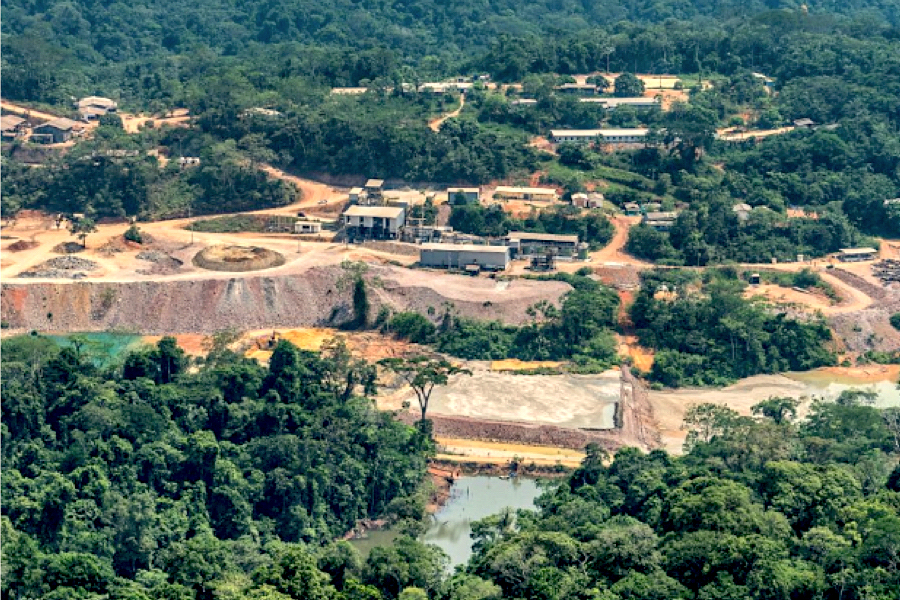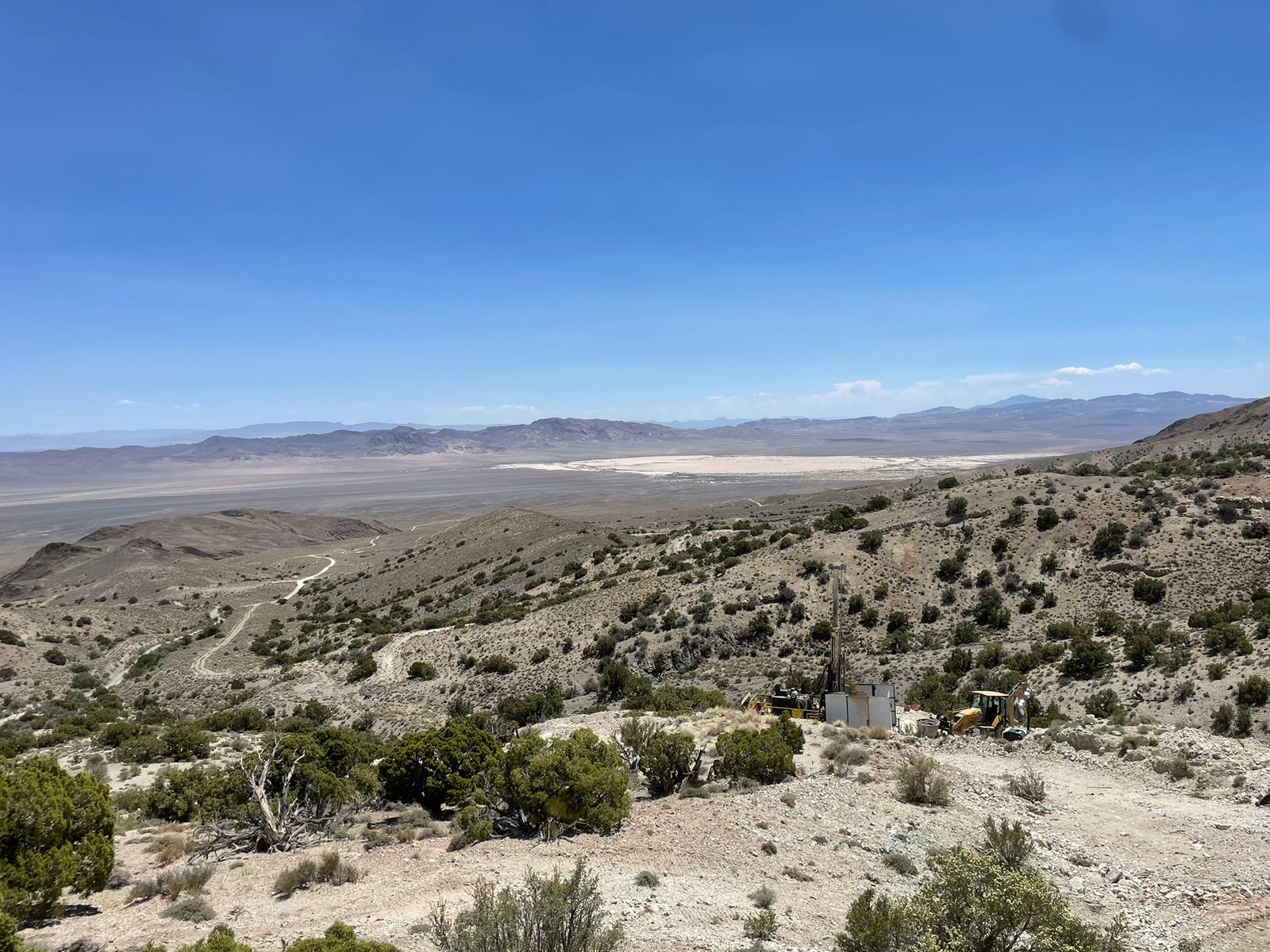Serabi Gold moving forward with permitting third Brazilian mine, keeps guidance

Brazil-focused Serabi Gold (LON,TSX: SBI) said Monday it remained on track to produce between 40,000 and 44,000 ounces of the precious metal this year from its Palito and Sao Chico mines in the country’s north, almost 19% more than the 37,108 ounces it churned out last year.
The company, which generated 9,527 ounces of gold in the three months to June 30, also said it planned to finish a preliminary economic assessment (PEA) of its other gold project in Brazil’s Tapajos region — Coringa.
Serabi is making progress on permitting Coringa, which it acquired in late 2017, and is considered a mirror image of Palito in terms of the geology, size and mining operations that will be used.
“With gold prices very much in our favour as well as exchange rates, it is a good time to be a producer in Brazil”
Serabi Gold CEO Mike Hodgson
Permitting a mine in Brazil – in particular the waste storage element – has become a lot trickier over the past few years, following two major tailings dam collapses at iron ore mines in the country.
“The plan to replace a conventional tailings dam with installing a filtration plant allowing for the dry stacking of tails has been well received by the state environmental agency, SEMAS, who had already approved the original environmental impact assessment (EIA) on the basis of a conventional dam,” chief executive Mike Hodgson said in the statement.
Looking ahead, Serabi’s boss said he was confident results would improve further during the second half of the year, boosted by additional ounces the tailings treatment are now bringing.
“With gold prices very much in our favour as well as exchange rates, it is a good time to be a producer in Brazil,” Hodgson said.
The Tapajos region, in the Brazilian state of Para, is reported to be the world’s third largest alluvial gold field and Serabi Gold believes that the region is a major, under-explored mineral province. Historical data shows that artisanal miners, called “garimpeiros,” have mined about 30 million ounces of gold mostly from alluvial and surface weathered bedrock deposits in the region since the 1970s.
{{ commodity.name }}
{{ post.title }}
{{ post.date }}

Comments